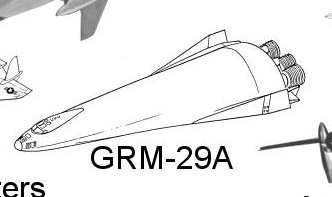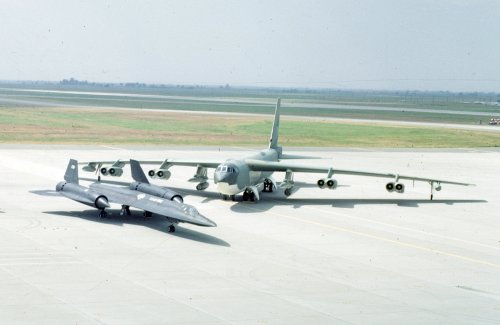There it is
https://engineering.purdue.edu/AAECourses/aae450/2008/spring/report_archive/reportfinaluploads/pdfs/Report_Section_7.pdf
"A study by Klijn et al. concluded that at an altitude of 15,250 m, a rocket launch with the carrier vehicle having a zero launch velocity at an angle of attack of 0° to the horizontal experienced a Δv benefit of approximately 600m/s while a launch at a velocity of 340m/s at the same altitude and angle of attack resulted in a Δv benefit of approximately 900m/s. The zero launch velocity situations can be used to represent the launch from a balloon as it has no horizontal velocity.
Furthermore, by increasing the angle of attack of the carrier vehicle to 30° and launching at 340m/s, they obtained a Δv gain of approximately 1,100m/s.
Increasing the launch velocity to 681m/s (= Mach 2) and 1,021m/s (Mach 3) produced a Δv gain of 1,600m/s and 2,000m/s respectively."
Sure, 2 km/s helps... but only a little. And separation issues as mach 3 can be interesting, just ask the crew of Lockheed M-21, the SR-71 that carried a D-21 drone on its back.
A SSTO needs a propellant mass fraction of at least 0.94 that is, the complete vehicle with crew, payload, tank, represents 6% , and 94% is pure propellants.
No 0.94 and then no 9 km/s to Earth orbit;
Air launch substracts 2 km/s out of 9 km/s, fine, but even 7 km/s is still a very high hurdle. 7 km/s can be done with a PMF of 0.90 - still 10% for the vehicle itself, and 90% of the mass allocated to the propellants.
At the end of the day, either 90% or 94% of the mass, being the raw propellants - doesn't change much, building such a thing is still a huge conundrum...
I wouldn't buy a car which would weight 1000 kg with the gasoline tank full, and only 50 kg with the tank empty.
Which mean that 950 kg of the car would have to be gasoline itself. Pure gasoline. no kidding.
The tank around the gasoline, the car around the tank, and the car payload could not mass more than 50 kg. Bad luck, I alone weight a little more than that. And then the car would not work.
Other example
A 450 mt 747-8 is 1/3rd structure (150 mt) 1/3rd payload (150 mt) and 1/3rd kerosene (150 mt). PMF is thus 33% or 0.33. A SSTO would need 95% or 0.95. Air launch just can't change that, or not enough to make a useful difference. That's the issue...


